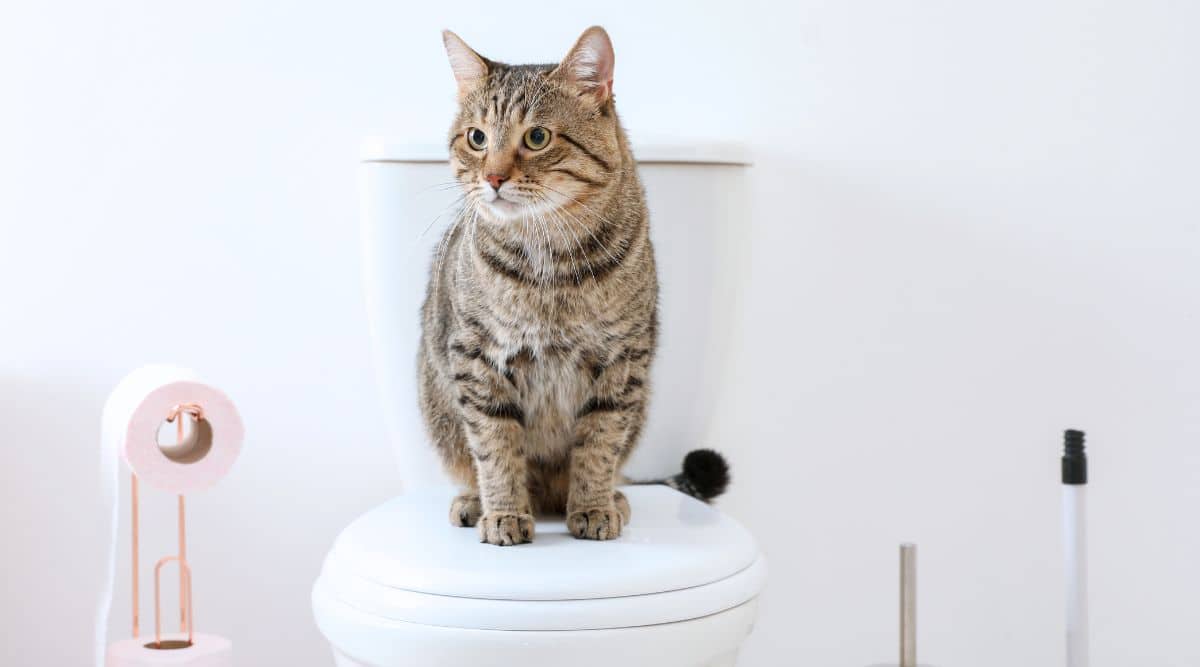Dangers of Disposing Cat Poop in Your Toilet - Precautionary Steps
Dangers of Disposing Cat Poop in Your Toilet - Precautionary Steps
Blog Article
The publisher is making a few good observations regarding How to Dispose of Cat Poop and Litter Without Plastic Bags in general in the article in the next paragraphs.

Intro
As pet cat proprietors, it's important to bear in mind just how we deal with our feline close friends' waste. While it might seem practical to flush feline poop down the commode, this method can have detrimental repercussions for both the environment and human health.
Alternatives to Flushing
Fortunately, there are more secure and more responsible methods to dispose of pet cat poop. Take into consideration the complying with alternatives:
1. Scoop and Dispose in Trash
One of the most usual technique of taking care of cat poop is to scoop it into a biodegradable bag and toss it in the garbage. Make certain to use a committed litter inside story and throw away the waste without delay.
2. Use Biodegradable Litter
Choose biodegradable feline trash made from materials such as corn or wheat. These litters are environmentally friendly and can be securely dealt with in the garbage.
3. Bury in the Yard
If you have a yard, think about burying feline waste in a designated area away from veggie gardens and water sources. Be sure to dig deep sufficient to avoid contamination of groundwater.
4. Set Up a Pet Waste Disposal System
Purchase a family pet garbage disposal system specifically developed for pet cat waste. These systems utilize enzymes to break down the waste, decreasing odor and ecological impact.
Health Risks
Along with environmental worries, purging cat waste can also present health and wellness risks to humans. Cat feces may contain Toxoplasma gondii, a parasite that can cause toxoplasmosis-- a possibly severe ailment, specifically for expecting females and individuals with weakened body immune systems.
Environmental Impact
Purging feline poop introduces dangerous pathogens and bloodsuckers right into the water supply, presenting a significant danger to marine communities. These impurities can adversely influence marine life and concession water high quality.
Conclusion
Responsible animal ownership prolongs beyond supplying food and sanctuary-- it additionally involves appropriate waste administration. By avoiding purging cat poop down the bathroom and choosing alternative disposal techniques, we can lessen our environmental impact and protect human health and wellness.
CAN I FLUSH MY CAT'S POOP DOWN THE TOILET?
Always avoid flushing cat poop down the drain because not only could it potentially contain harmful parasites called toxoplasmosis, the litter could sit in your line and lead to a clog.
Plenty of waste gets flushed down your toilet every day, so what harm could a little cat poop and cat litter do? The answer is a lot, which is why you never want to send it down your drains.
Can I Flush My Cat's Poop Down The Toilet?One of the biggest problems with flushing your cat’s presents is the harmful parasites in your feline’s stool called toxoplasmosis. Extremely dangerous for humans, especially pregnant women and people who are immunocompromised, these parasites can cause a multitude of problems for unborn babies and even cause death or miscarriage if the infection happens early. That’s why you should always avoid touching cat poop. Also, water systems are not equipped to handle toxoplasmosis and are unable to destroy the parasite before it’s sent back into the environment, potentially jeopardizing the health of local area wildlife, specifically marine life.
Flushing cat poop could also lead to a future drain clog. Try as you may to eliminate any litter from it, there will always still be some stuck on there – and even if it says flushable on the label, it’s not! Cat litter is made up of bentonite clay, which has the tendency to harden when wet, creating a thick, almost cement-like quality. Cat litter that ends up down the drain can expand from the moisture in the pipes and then harden, blocking any wastewater. If you have a septic tank or a cesspool, it cannot handle cat litter either, no matter what kind. If it solidifies in the tank, in any of the system’s major parts like the inlet baffle, it’ll create some expensive problems.
The best way to dispose of cat poop safely is to scoop it into a bag and throw it into the trash – and ways of dealing with the smell include adding baking soda and replacing the box more.
Now that we’ve explained the potential harm that flushing cat poop can cause to you and your drains, you might be wondering the best way of dealing with it. Unfortunately, it’s the old-fashioned way of scooping it into a bag and then placing it into a trash can. They also make pet-proof trash cans that lock in the smell, so that you don’t have to always immediately take it out. If you’re tired of smelling the litter box after even just one use from your feline, there’s things you can do to help combat that smell. Adding baking soda to the litter will reduce smells, but just don’t add too much or your cat will no longer want to use the box. You could also replace the box more frequently, at least once a year, as those smells can just seep inside the scratch marks. Lastly, try changing to a new litter formula – some are better with smells than others.

I was shown that write-up on Don’t flush cat feces down the toilet through a friend on another web property. For those who appreciated our post please make sure you remember to pass it around. I love reading our article about Don’t flush cat feces down the toilet.
Call Today Report this page